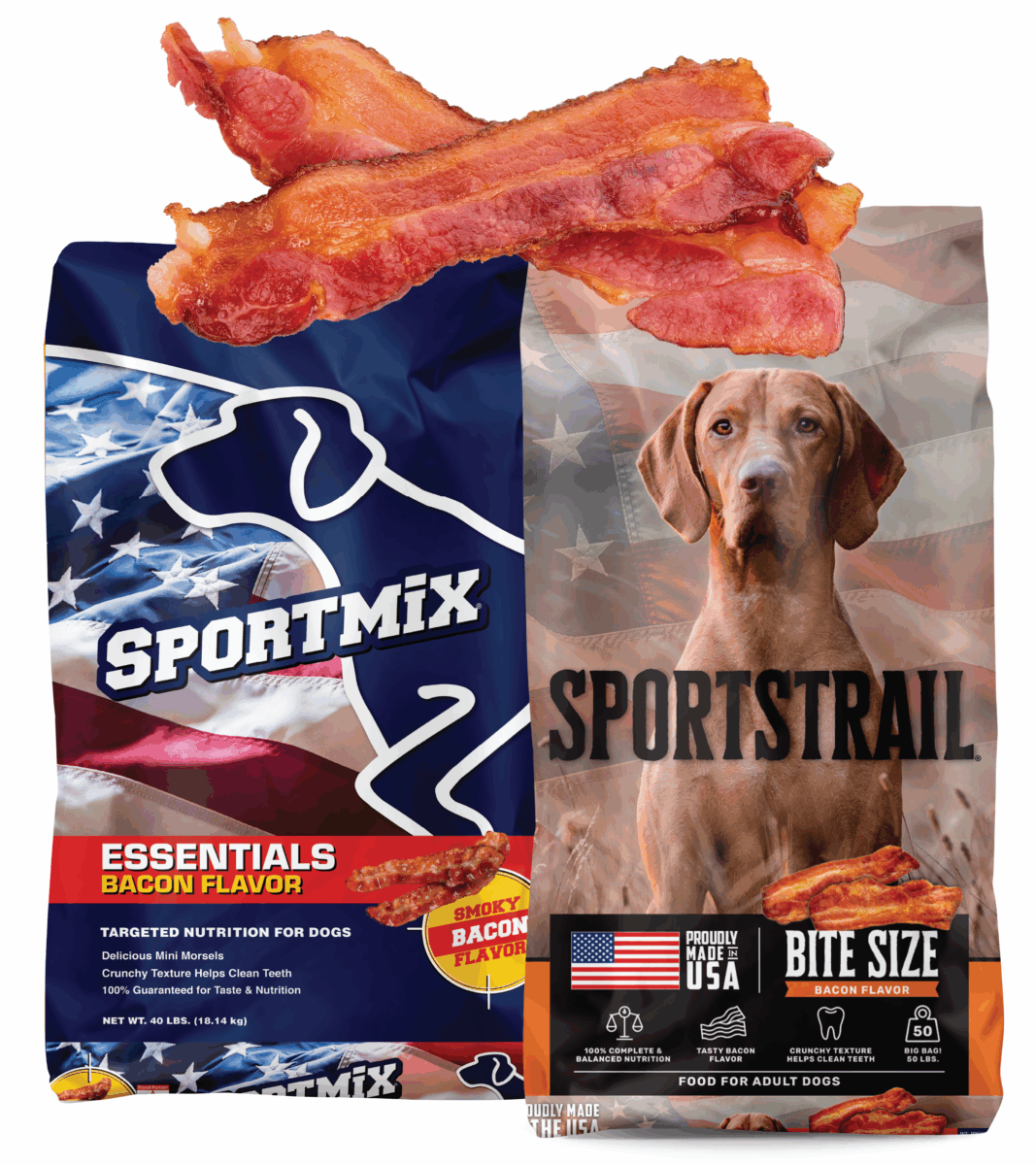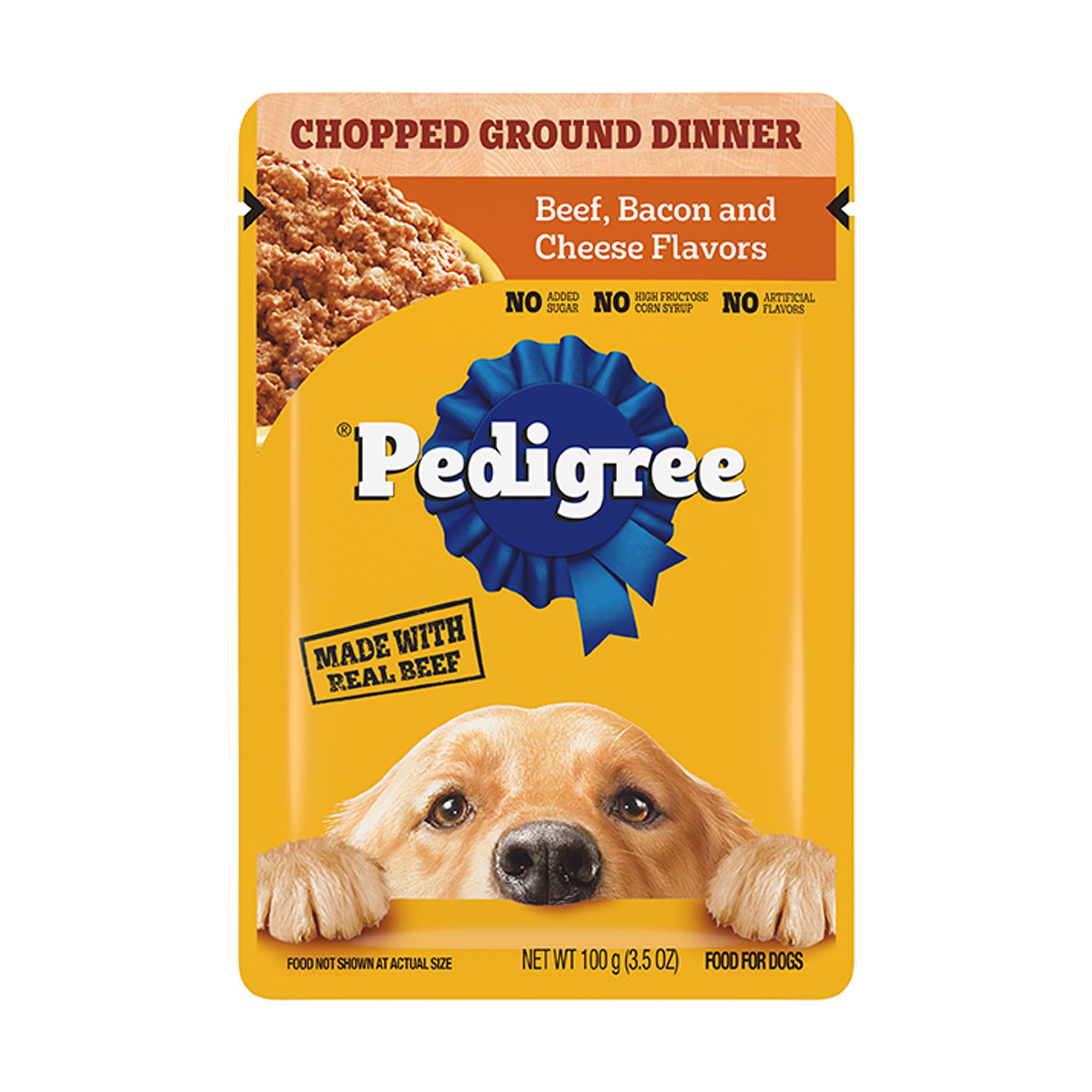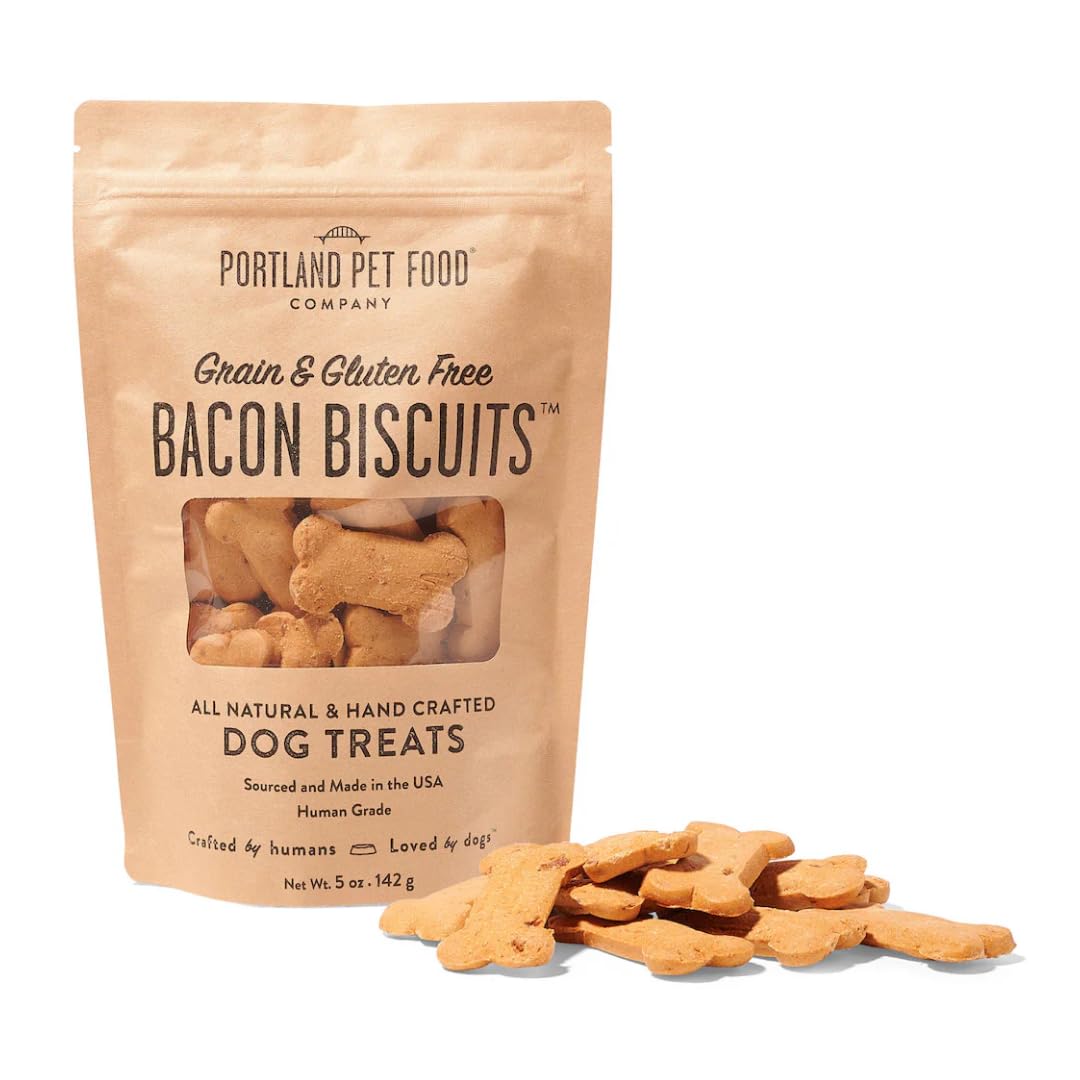Have you ever wondered what bacon is really made of? You might have come across some shocking claims that bacon could be made from dogs.
It’s a strange idea, and it can make you question everything you thought you knew about your favorite breakfast treat. But is there any truth to this? You’ll get clear answers that separate fact from fiction. Keep reading, because what you discover might surprise you—and it will definitely change how you think about bacon.
Origins Of Bacon
Bacon is a popular food enjoyed worldwide. Its origins trace back to ancient times. People have cured pork belly to preserve it and add flavor. This process created what we now call bacon.
Understanding bacon’s history helps clear up many myths. One common question is about the meat source of bacon. Exploring its origins shows bacon comes from pigs, not dogs.
Early History Of Bacon
Early humans discovered curing pork preserved meat longer. Salt and smoke were used to stop spoilage. This method made pork belly tasty and easy to store. Ancient Chinese and Europeans were among the first to cure pork this way.
Bacon In Different Cultures
Many cultures have their own version of bacon. In Italy, pancetta is similar but spiced differently. In Germany, speck is smoked and salted pork. These variations show bacon’s long tradition worldwide.
The Source Of Bacon Meat
Bacon comes from pigs, specifically the belly or back. It never comes from dogs or other animals. This fact is clear in farming and food production records. Pork is the only accepted source for bacon worldwide.
Common Bacon Sources
Bacon is a popular food enjoyed worldwide. Many wonder where bacon comes from. Understanding common bacon sources clears up confusion and myths.
Bacon mainly comes from certain animals raised for meat. Knowing these sources helps answer if bacon is made from dogs or not.
What Animal Is Bacon Made From?
Bacon is mostly made from pigs. Pork belly is the usual cut used for bacon. It has fat and meat layers that create bacon’s flavor and texture.
Other Common Bacon Types
Some bacon comes from other parts of the pig, like the back or shoulder. These cuts make different styles of bacon. Turkey bacon is also popular as a lean alternative.
Is Dog Meat Used For Bacon?
Dog meat is not used to make bacon. Laws in many countries forbid using dogs for food. Bacon is strictly made from approved livestock like pigs or turkeys.
Myth Of Dog Meat In Bacon
The idea that bacon is made from dog meat is a common myth. This false belief causes confusion and worry. Many people wonder if their favorite breakfast food is safe and ethical. Understanding the truth helps clear up these fears.
Bacon comes from pigs, not dogs. It is made by curing pork belly with salt and spices. The process gives bacon its unique flavor and texture. No dog meat is involved in this traditional method.
Origin Of The Myth
The myth may come from stories or rumors. Some people confuse different types of meat or hear incorrect facts. Cultural differences also play a role. In some places, dog meat is eaten, but that is not linked to bacon.
Bacon starts with pig meat, mainly pork belly. The meat is salted and cured. Sometimes it is smoked to add flavor. This process is controlled and regulated for safety. No other animals are used in bacon production.
Why The Myth Persists
False information spreads easily. People often share stories without checking facts. Fear and misunderstanding fuel this myth. Also, some jokes or urban legends add to the confusion.
Impact Of The Myth
Believing this myth can cause unnecessary fear. It can hurt pig farmers and bacon producers. It also creates distrust in food safety. Learning the truth helps people enjoy bacon without worry.
Cultural Misconceptions
Some people wrongly think bacon comes from dogs. Bacon is actually made from pigs. These ideas come from cultural misunderstandings and myths.
Cultural Roots Of The Misconception
Some cultures have taboos about eating certain animals. Dogs hold a special place in many societies. This respect leads to strong feelings about what is edible. Misunderstandings arise when these views meet different food traditions.
The Role Of Media And Rumors
False stories spread quickly online and offline. Sensational headlines catch attention but lack facts. These rumors can make people doubt what they eat. The myth that bacon comes from dogs is one such rumor.
Differences In Meat Consumption Habits
Different countries eat different animals. Pork is common in many places but not everywhere. Some people might confuse unfamiliar meats with others. This confusion feeds cultural myths and fears.
How Education Can Clear Myths
Teaching about food origins helps stop wrong beliefs. Clear information shows bacon is made from pigs only. Understanding farming and food safety builds trust. Education breaks down false ideas step by step.
How Bacon Is Made
Bacon is a popular food loved by many. People often wonder how it is made. Understanding the process helps clear up myths and confusion. This section explains the steps to make bacon.
Bacon comes from pigs, not dogs or other animals. The process turns pork into the tasty bacon you enjoy.
Selection Of Pork Cuts
Producers start with pork belly or back cuts. These parts have the right amount of fat and meat. This balance gives bacon its unique flavor and texture.
Curing Process
The pork is cured using salt and sometimes sugar. This step removes moisture and helps preserve the meat. Curing also adds flavor and prevents bacteria growth.
Smoking The Meat
After curing, the pork is smoked over wood chips. Smoking adds a rich, smoky taste to bacon. It also helps preserve the meat further.
Slicing And Packaging
Once smoked, the bacon is cooled and sliced thinly. Slices are packaged and ready to be sold. Proper packaging keeps bacon fresh and safe to eat.

Regulations And Food Safety
Regulations and food safety play a vital role in what we eat. They ensure the meat on our plates is safe and from the right animals. These rules protect consumers from harmful or mislabeled products.
Food safety laws require clear labeling of meat products. Inspectors check farms and processing plants often. These steps stop any illegal or unsafe practices.
Strict Animal Source Regulations
Only approved animals can be used for bacon. Pigs are the legal source. Laws forbid using dogs or other animals in bacon production. This rule keeps food safe and honest.
Regular Inspections And Testing
Meat processing plants face regular health inspections. Inspectors test for bacteria and contaminants. They ensure all meat meets safety standards. This protects people from foodborne illnesses.
Clear Labeling Requirements
Labels must list the animal type clearly. This helps buyers know exactly what they eat. Mislabeling is illegal and punishable by law. Transparency builds trust between producers and customers.
Identifying Authentic Bacon
Identifying authentic bacon is important for anyone who loves this tasty food. Real bacon comes from pigs, not dogs or other animals. Knowing how to spot genuine bacon helps avoid confusion and ensures safe, delicious meals.
Many people worry because of rumors about bacon’s origin. Learning simple ways to identify real bacon can clear up doubts and make shopping easier.
Check The Label Carefully
Labels show the meat source clearly. Real bacon usually says “pork” or “pig.” Avoid products without clear meat information.
Look At The Appearance
Authentic bacon has pinkish-red meat with white fat strips. The fat should look firm and not oily or slimy.
Smell The Bacon
Real bacon smells smoky and salty. Any strange or strong chemical smell may mean the product is fake or low quality.
Buy From Trusted Stores
Choose stores known for good quality meat. Trusted sellers follow strict rules about meat sourcing and handling.
Understand Common Bacon Types
Bacon can be from different pig parts like belly or back. Each type has a unique texture and flavor.

Impact Of Food Myths
Food myths can create confusion and fear. They affect how people choose their meals. Myths about food often spread quickly. This can harm trust in food sources and brands.
False ideas about what food contains may cause people to avoid healthy options. Myths also make it hard to enjoy food with peace of mind. They can change eating habits in bad ways.
How Food Myths Spread Fast
Many food myths start from rumors or wrong information. People share these stories without checking facts. Social media makes it easier to spread false news. This leads to more people believing myths.
Effects On Health And Nutrition
Believing myths can lead to poor diet choices. Some avoid important foods due to fear. This can cause nutrient shortages. Bad nutrition affects energy, growth, and overall health.
Impact On Food Industry
Food myths can hurt farmers and producers. Sales drop when people fear certain foods. Producers spend money to fix wrong ideas. This affects the economy and jobs.
How To Fight Food Myths
Check facts from trusted sources. Learn from experts and scientific studies. Share correct information with family and friends. Clear understanding helps make better food choices.

Frequently Asked Questions
Is Bacon Made From Dogs Or Pigs?
Bacon is made from pigs, not dogs. It comes from pork belly or back cuts.
Why Do Some People Think Bacon Is Made Of Dogs?
This is a false rumor. Some myths confuse people about bacon’s origin.
What Animal Is Bacon Traditionally Made From?
Bacon is traditionally made from pigs, a common source of pork products.
Can Bacon Be Made From Animals Other Than Pigs?
Yes, bacon can be made from turkey, beef, or lamb, but not dogs.
How To Identify Real Bacon In Stores?
Check labels for “pork” and “bacon” ingredients. Avoid products without clear info.
Conclusion
Bacon comes from pigs, not dogs. People often confuse due to rumors. Food safety rules keep bacon clean and safe. Always check product labels before buying. Trust only known sources for meat products. Enjoy bacon without worry or doubt. Clear facts help avoid false fears.
Eating bacon is both common and safe. Stay informed to make smart food choices.
